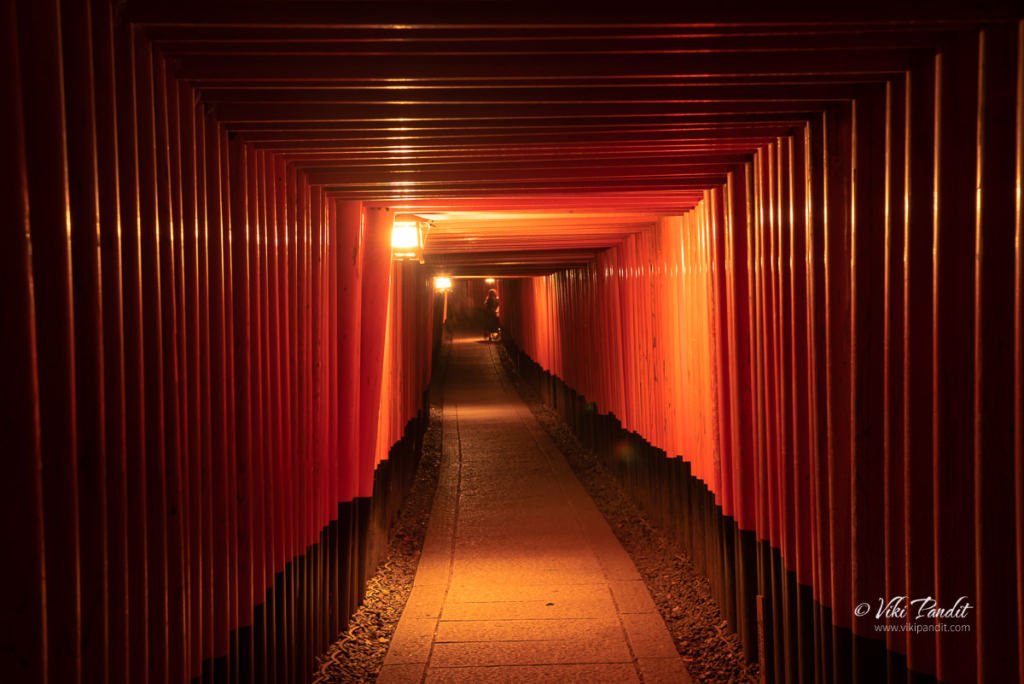
The enchanting Torii Gates of Fushimi Inari Taisha
Today we go for a night photo-walk to Fushimi Inari-taisha, the head shrine of the kami Inari, located just a train stop away from the bustling city of Kyoto.

Today we go for a night photo-walk to Fushimi Inari-taisha, the head shrine of the kami Inari, located just a train stop away from the bustling city of Kyoto.
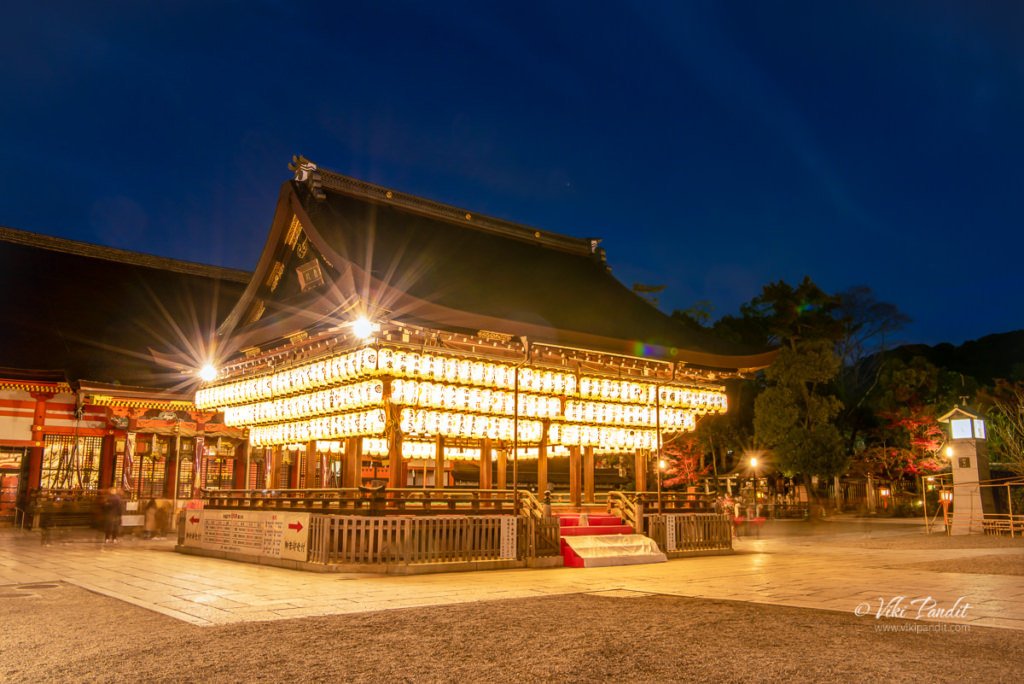
Yasaka Shrine, also known as Gion Shrine, is one of the most famous shrines in Kyoto. Founded over 1350 years ago, the shrine is located between the popular Gion District and Higashiyama District, and is often visited by tourists walking between the two districts.
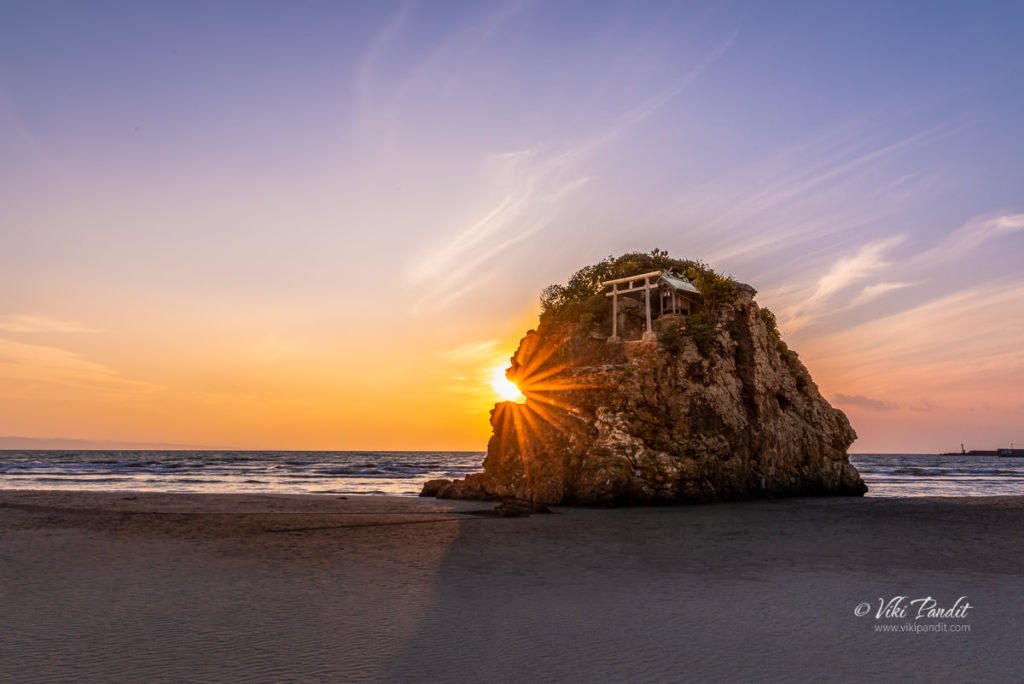
Inasahama is one of the most sacred Japanese beaches located in Japan where Gods are said to have descended to make it their own country on Earth.
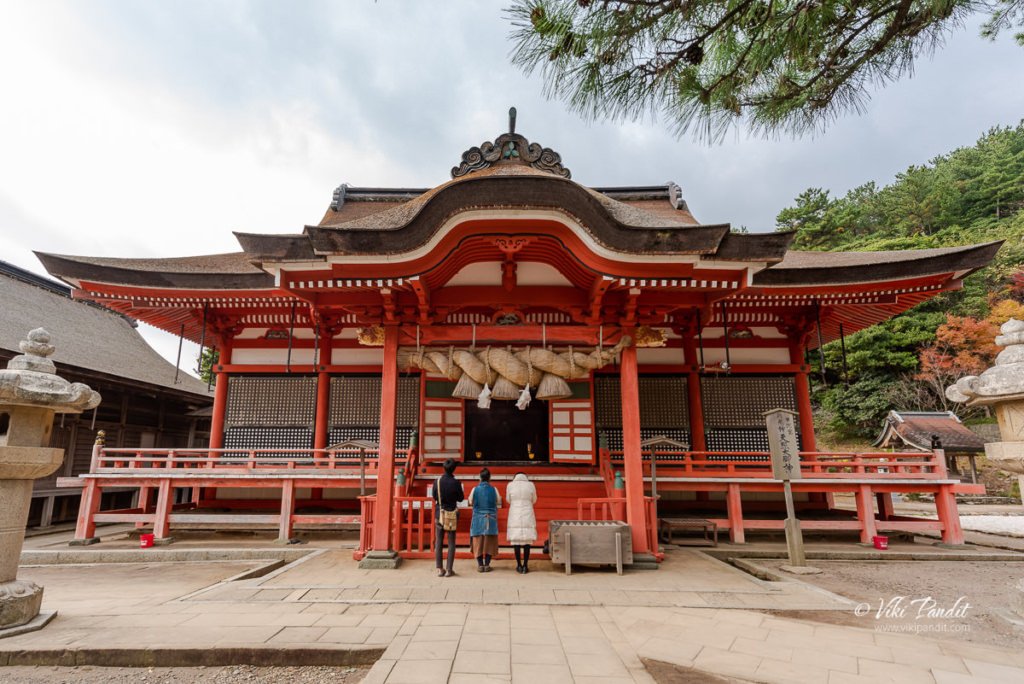
Hinomisaki Shrine is an ancient shrine encircled by a grove of old pine trees near Cape Hino in the Izumo city of Shimane Prefecture. The vermillion-lacquered shrine, described as “Misa Gisha” in the ancient text of the Izumo no Kuni Fudoki, was built in honor of two sibling deities with a prominent presence in Japanese mythology; Amaterasu, goddess of the sun, and her younger sibling Susano, god of storms and the sea.
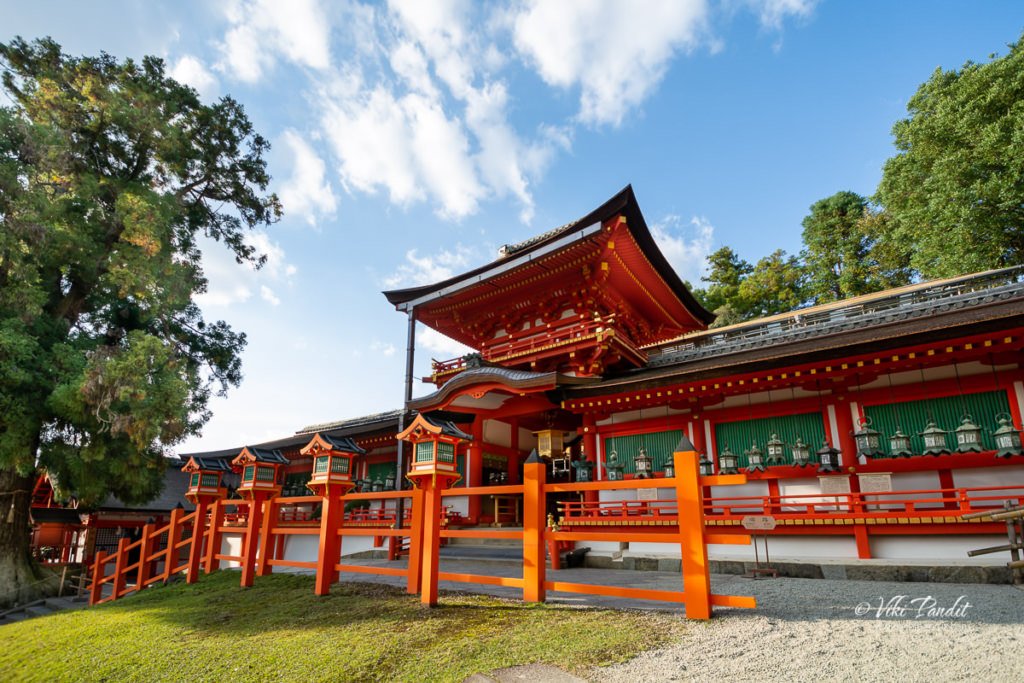
I go back to explore Kasuga Taisha, shrine of a thousand lanterns, hidden away in the primeval forest of Kasugayama. Shinto shrines are generally destroyed and rebuilt every 20 years for purification purposes and this is the 57th re-incarnation of the 1700 year old Shrine.